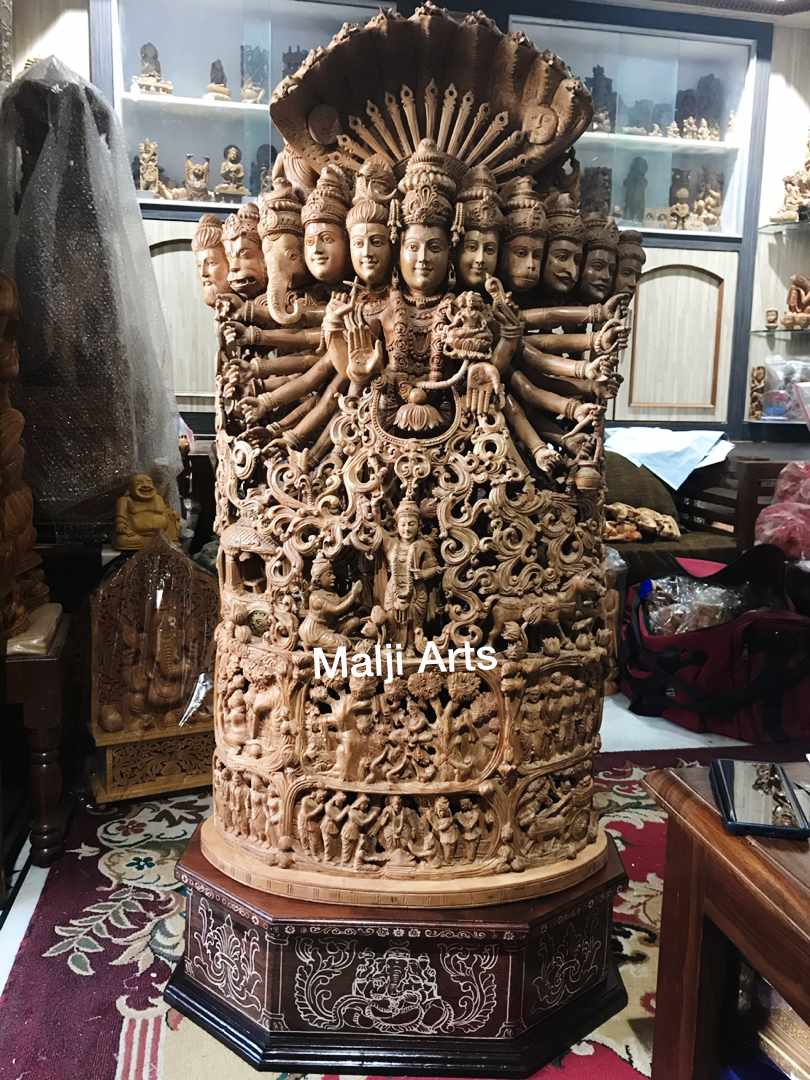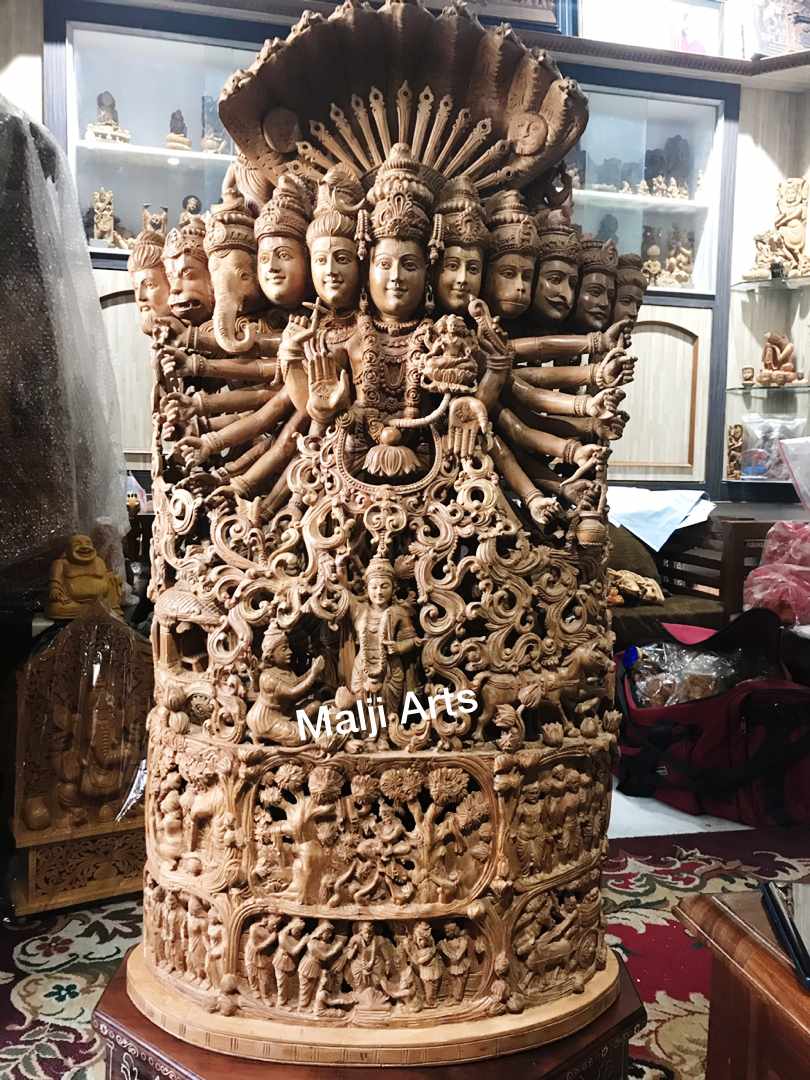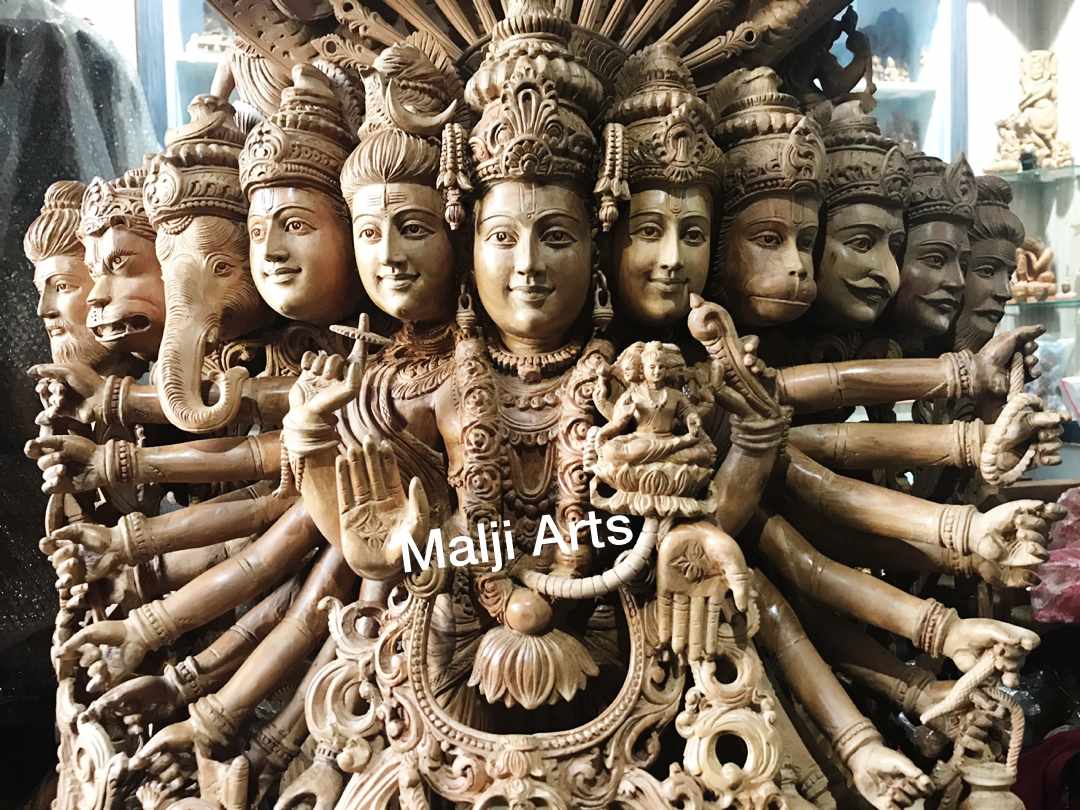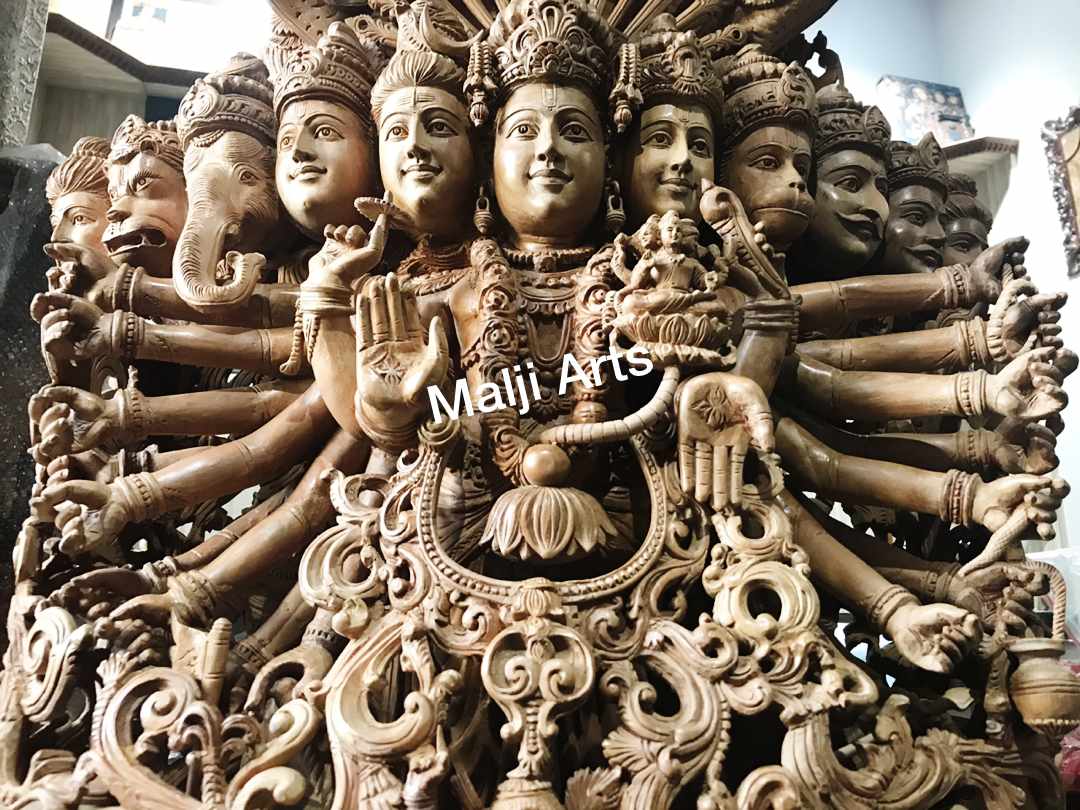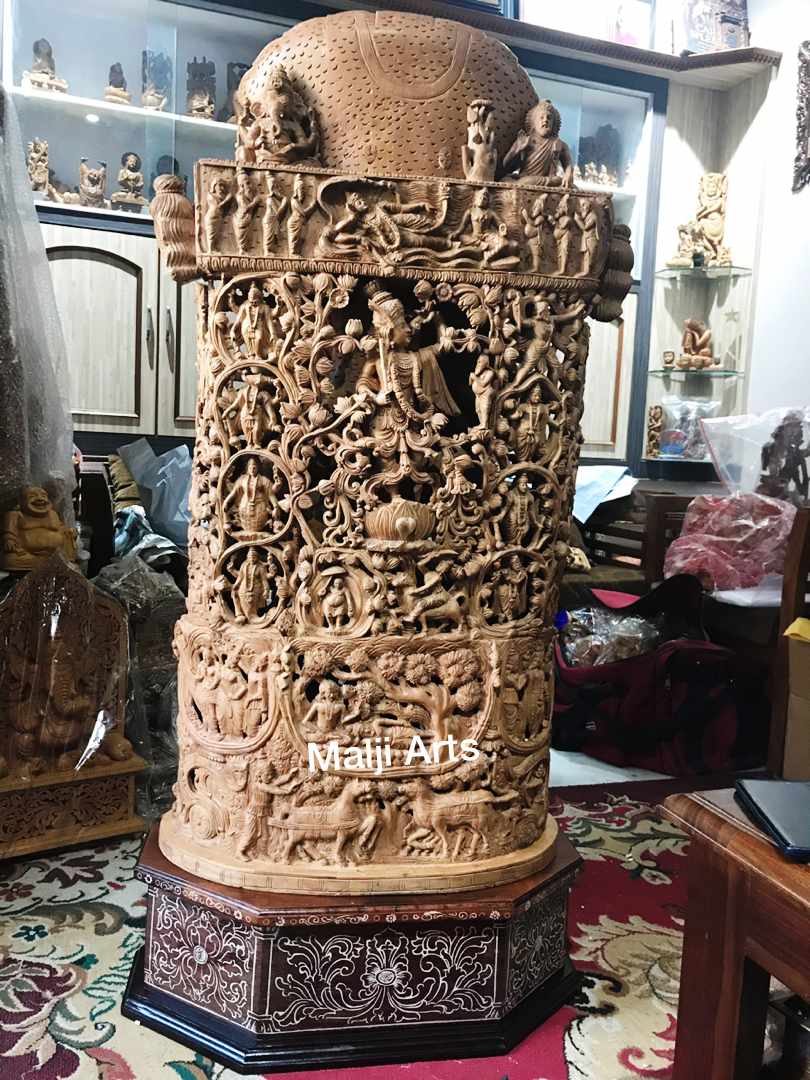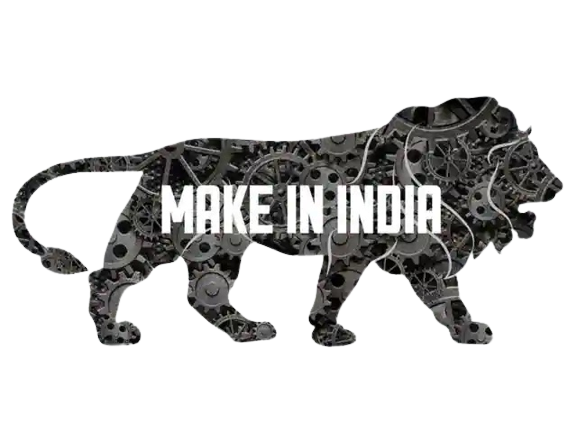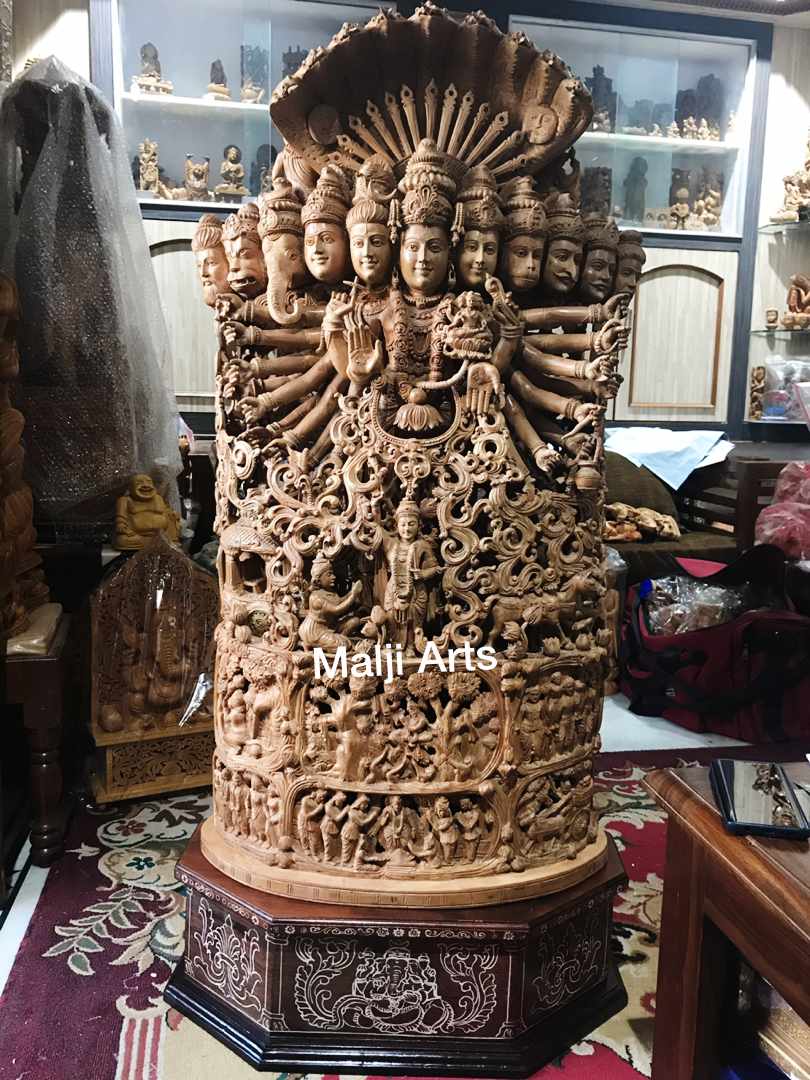
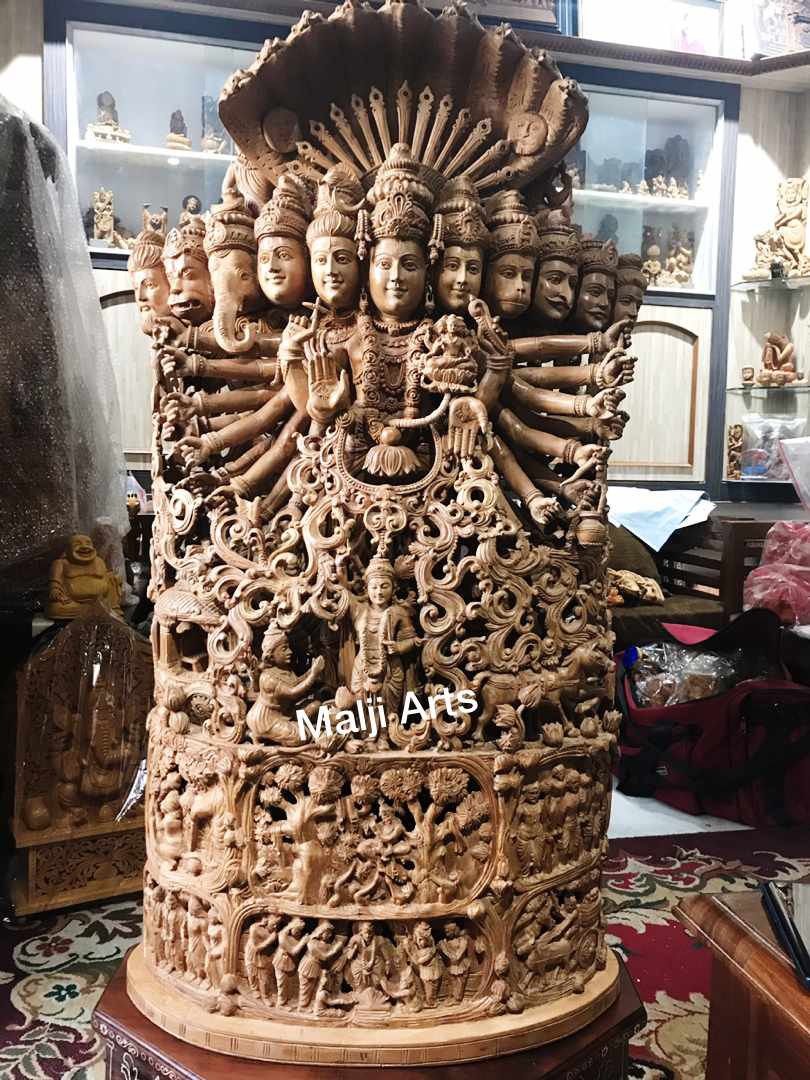
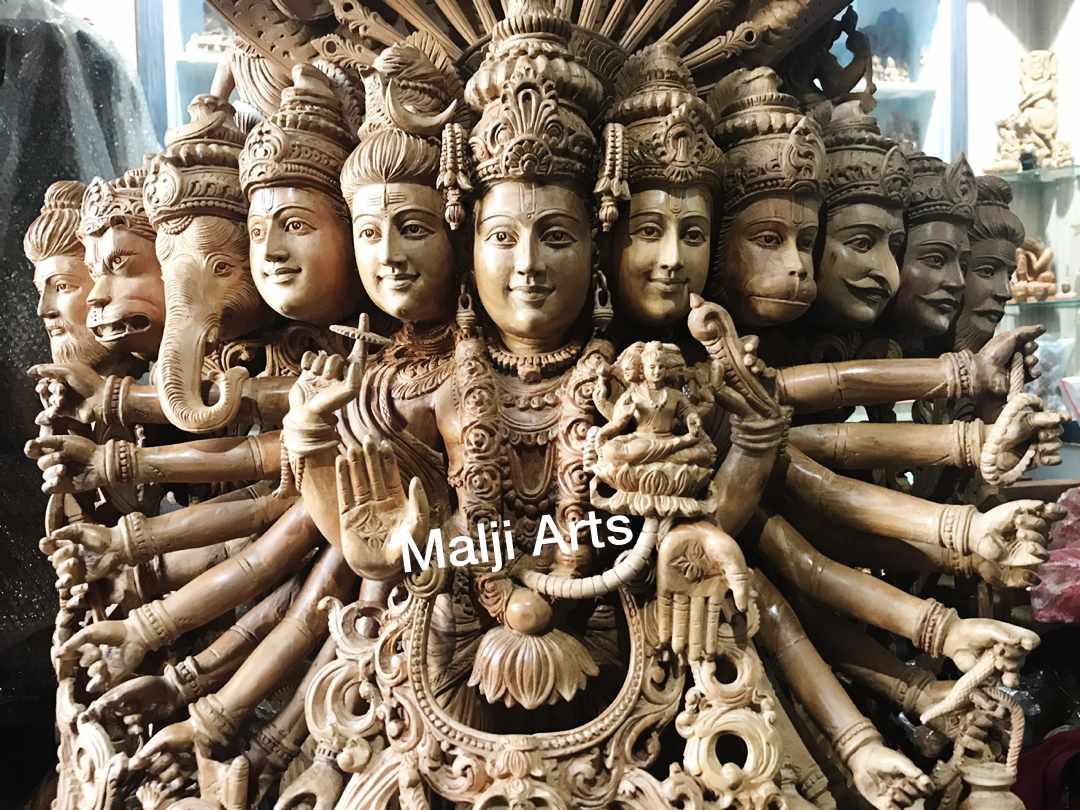
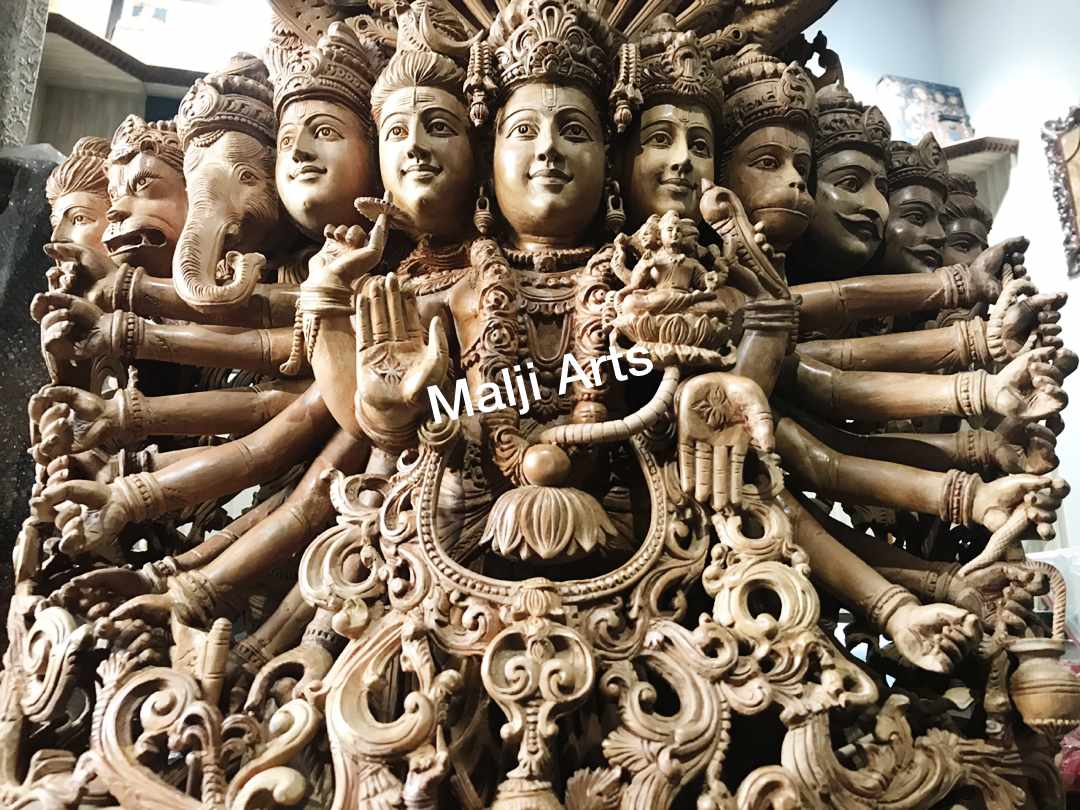
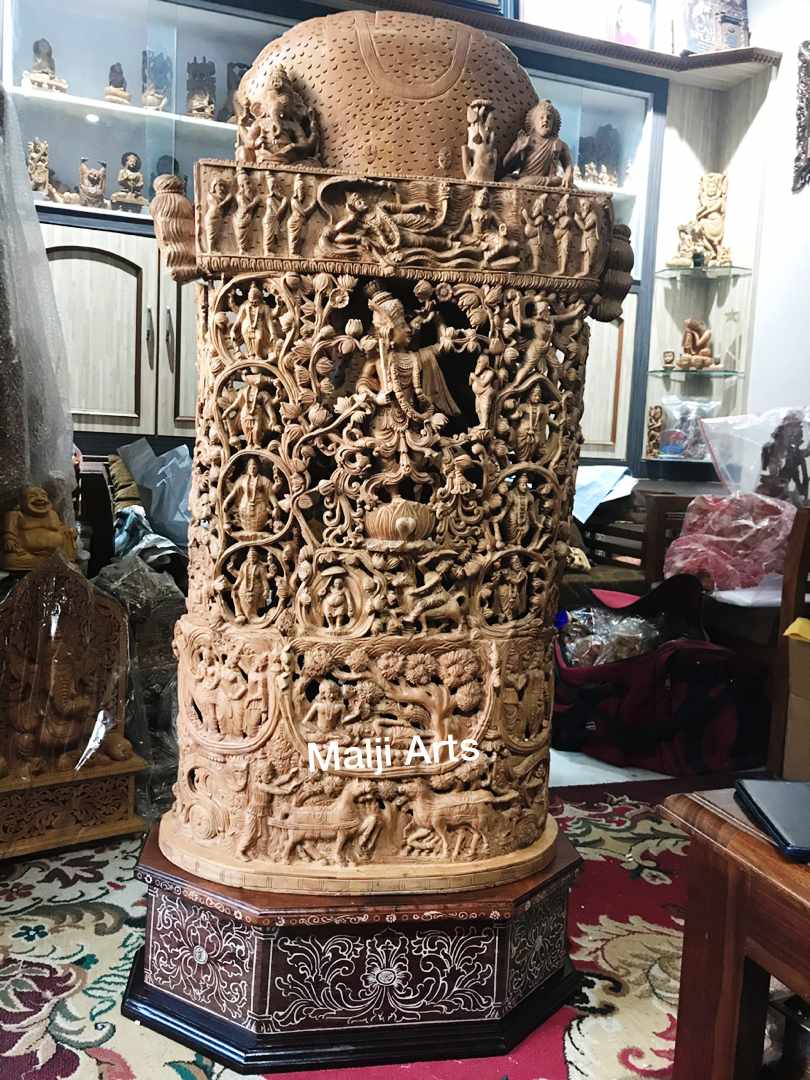
Shipping policy
Shipping & Delivery
How are the artworks packaged?
The works are packaged by the artist and follow a standardised packaging process. We confirm the packaging with the artist before shipping and take care to make sure the work is properly protected.
How long does delivery take?
After the payment has been processed, delivery takes 7 days on average, which leaves time for packaging and shipping. This may vary depending on the artist's availability, potential framing of a work and the distance between the artist's studio and your home. Whatever happens, we will keep you updated.
Who takes care of the delivery?
Depending on the destination and the size of the work, we use delivery companies such as DHL or UPS, or specialist art delivery companies.
Which countries do you deliver to?
We deliver everywhere, or in any case all countries that our delivery companies operate in! Any concerns? Do not hesitate to contact us, as we will be able to find a solution for delivery - even if you live on a desert island!
Is the delivery of the artwork insured?
Absolutely! MALJi | Online Art Gallery organises and insures the transport of the artwork. You have nothing to worry about and there are no hidden costs.
If I buy several artworks, will they be delivered at the same time?
Each work is shipped by the artist. So if the two works are by the same artist, they may be delivered at the same time (under normal circumstances).
If they are by different artists, the delivery dates will be different.
However, if you have an issue and need them to arrive in the same place at the same time, let us know and we will arrange delivery accordingly.
Can I get artworks delivered to a different country or to a different person?
We will deliver to the address you gave on your order. Generally we set the delivery date with the person who will receive the work and whose name you gave. If it's a surprise or a present, let us know!
Our Shipping policy
Returns & exchanges
I gladly accept returns and exchanges
Contact me within: 14 days of delivery
Dispatch items back within: 30 days of delivery
I don't accept cancellations
But please contact me if you have any problems with your order.
The following items can't be returned or exchanged
Because of the nature of these items, unless they arrive damaged or defective, I can't accept returns for:
- Custom or personalised orders
Conditions of return
Buyers are responsible for return postage costs. If the item is not returned in its original condition, the buyer is responsible for any loss in value.

